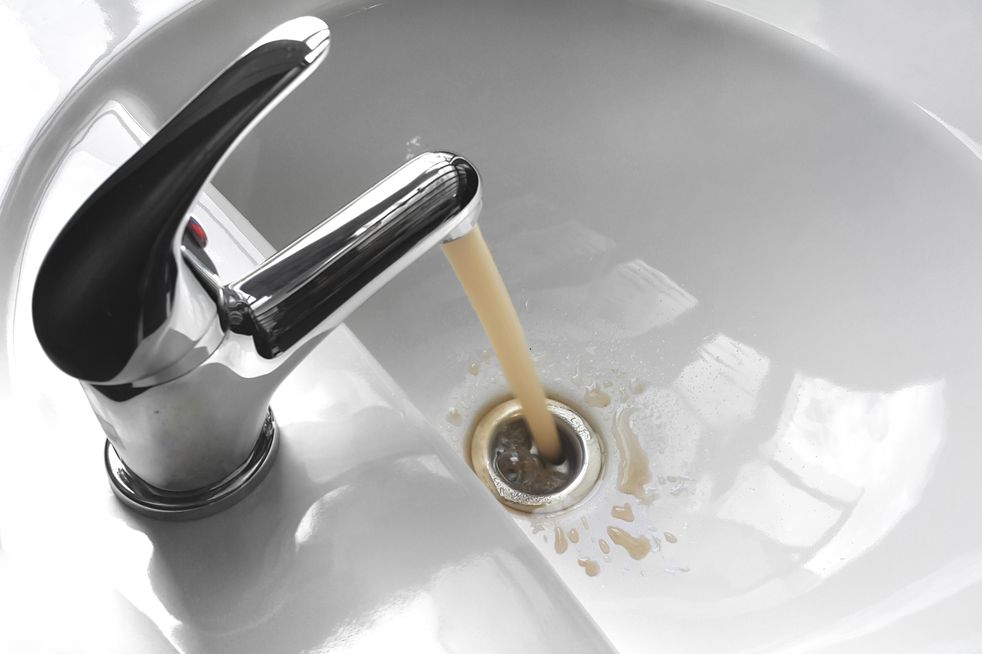4 Types Of Water Contaminants: Unveiling The Threats To Water Quality4 Types Of Water Contaminants: Unveiling The Threats To Water Quality

What are the 4 Types of Contaminated Water?
Water contaminants encompass substances or matter present in water that aren’t part of its natural composition. The presence of contaminants doesn’t inherently imply a health risk,as some are benign,while others pose hazards beyond specific thresholds. Recognizing these types is crucial in mitigating the public health risks associated with water contamination. Below,explore the four primary classifications of water contaminants:
Physical
Physical contaminants in water predominantly manifest as sediment and debris,visibly altering its properties. These impurities often lead to discoloration,changes in odor,and an altered taste,potentially compromising water quality. To address these concerns,drinking water undergoes specific treatment methods to mitigate physical contaminants.
Treatment of physical impurities involves a sequential process:
- Screening: This initial step primarily focuses on removing larger debris,enhancing water quality by eliminating visible particles.
- Coagulation and Flocculation: Following screening,coagulation and flocculation processes remove larger particles that screening may have missed. These methods work by causing smaller particles to clump together,forming larger,more easily removable aggregates.
- Filtering: The final stage involves the removal of smaller particles and even odor through activated carbon filtration. This process not only eliminates finer impurities but also significantly improves taste and smell by passing the water through an activated carbon medium.
Chemical
Chemical contaminants encompass a spectrum of substances,including pesticides,bleach residues,and heavy metals that threaten water safety. Unlike physical impurities,these contaminants often evade detection by taste,smell,or sight,making their identification challenging. Their presence in water sources escalates the risk of severe health complications,including cancer and reproductive disorders,while also potentially harming vital organs like the liver and kidneys.
However,there’s hope in detection and treatment:
- Detection Challenges: The elusive nature of chemical contaminants necessitates specialized water testing for accurate identification and quantification.
- Treatment Strategies: Once identified,various treatment methods effectively neutralize chemical impurities. Techniques like water softeners,distillation,and reverse osmosis stand out as reliable means to mitigate the risks associated with chemical pollutants.
Biological
Biological contaminants in water encompass various microorganisms,comprising parasites,viruses,bacteria,and protozoans. These microbiological organisms pose inherent risks,including the potential for infections and parasitic infestations upon human exposure.
Addressing biological contaminants involves:
- Identification and Risk Mitigation: Vigilant monitoring and testing to assess the risk level microorganisms pose to public health.
- Disinfection Protocols: Employing chemical and physical treatments is vital to neutralize biological contaminants. These disinfection methods disrupt the cellular activity of these living organisms and organic matter,thereby rendering them harmless and reducing health risks associated with their presence in water sources.
Radiological
Radiological contaminants stem from chemical substances emitting radiation due to unstable atomic compositions. Commonly found in rock and soil,radioactive elements like radium and uranium contribute to small radiation levels. When dissolved into water sources,including the presence of the radioactive gas radon,these elements pose potential health risks to the public.
Addressing radiological contamination involves meticulous monitoring and stringent protocols:
- Monitoring Soil Interaction: Identifying areas where soil interaction could contaminate drinking water aids in proactive risk assessment.
- Regulatory Testing: Water undergoes meticulous testing for radiation levels,adhering to established regulatory standards to ensure compliance and safety.
- Treatment Strategies: Water treatment facilities employ a combination of flocculation,water softening,and filtering methodologies to effectively remove radiological contaminants,bolstering the safety of water supplies.
What are the Most Common Contaminants in the Water?
As per National Primary Drinking Water Regulations,the Environmental Protection Agency (EPA) categorizes water contaminants based the Maximum Contaminant Level (MCL).
MCL is the highest permissible concentration of contaminants in drinking water,while considering technical and financial constraints.
While different cities adhere to their own recommended levels in line with EPA guidelines,specific contaminants persist in household water supplies,impacting family health. Here are the most common contaminants in the water,elaborated by Flowater.
Nitrates
- Health Implications: Notably impact red blood cells’ oxygen-carrying capacity,potentially affecting overall health.
- Cause: These compounds primarily result from excessive use of chemical fertilizers and improper waste disposal practices.
- MCL Level: 10 mg/L
Fluoride
- Health Implications: Excessive fluoride concentrations can lead to dental concerns and cardiovascular,neurological,and reproductive issues.
- Cause: Can stem from environmental factors,notably water exposure to certain soil types.
- MCL Level: 4 mg/L
Lead
- Health Implications: Prolonged exposure to elevated lead levels can result in grave health conditions,including coma,convulsions,and,in extreme cases,fatalities.
- Cause: Lead,often present in old water systems and pipes,poses a significant risk of leaching into drinking water.
- MCL Level: Action level of 0.015
Arsenic
- Health Implications: Long-term consumption of arsenic-contaminated water is associated with severe health complications,including a higher risk of cancer,cardiovascular diseases,and diabetes.
- Cause: Areas adjacent to farming and industrial sectors face heightened risks of arsenic exposure due to herbicides,pesticides,and mining.
- MCL Level: 0.010 as of 2006
Bacteria and Viruses
- Health Implications: Water-borne and water-transmitted viruses such as hepatitis A and C result in symptoms including vomiting,abdominal pain,and diarrhea.
- Cause: Prevalent in regions with animal waste seepage into water sources.
- MCL Level: Virus at 99.999% reduction and Total Coliforms (bacteria commonly found in animal and human waste) at 5%
Learn if There are Contaminants in Your Water
Safeguarding your family’s health begins with ensuring the purity of your water supply. While water treatment facilities strive to eliminate contaminants,the integrity of pipes en route to your tap is pivotal. Faulty or exposed pipes may introduce contaminants,compromising the safety of your water. By taking proactive measures and ensuring regular water testing,you play a vital role in securing a safe and healthy water supply for your family’s everyday use. Confirm your water is safe for drinking and use with a free water testing analysis today by clicking the link below.